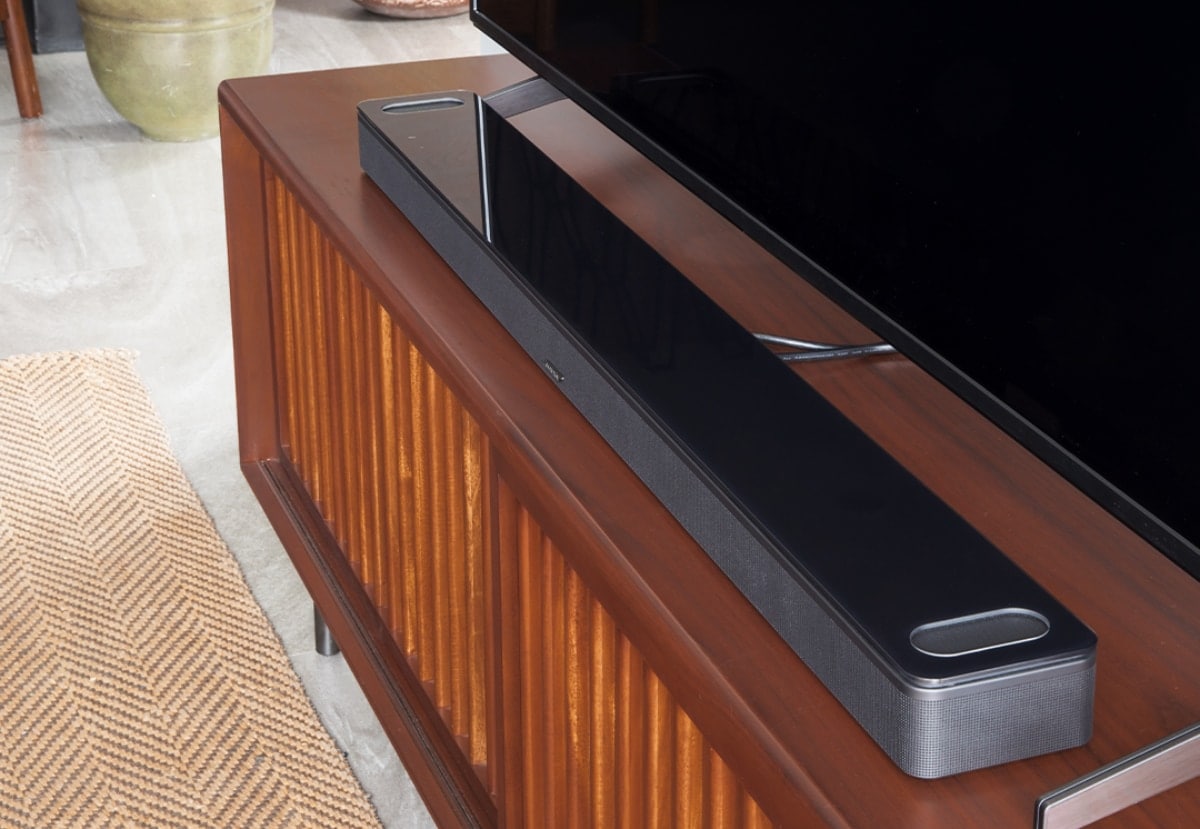
The data analysis and consulting company International Data Corporation (IDC) has presented a study on the sales impact of augmented reality and virtual reality glasses and devices from now to 2026. The data is conclusive and shows that in the short term their sales will not increase significantly, although they will grow more than the video console sector.
The metaverse is breaking into the daily life of companies and individuals with increasing force, becoming a real alternative for players looking for a dynamic 360 experience. But of course, despite its slowdown more AR/VR devices are produced than game consoleswhat is demonstrated is that the user will be able to move freely through the space by their own means, without the need for external computing devices of a conventional nature.
The data presented by IDC is revealing. The year 2022 will close with a reduction in global shipments of AR/VR glasses by a 12.8% on a year-on-year basis, that is, in 9.7 million units.
The Causes of this descent are clear; rising prices and the complex economy that has recently been put in place. However, it is expected that the devices will grow, in terms of the number of shipments, by a minimum of 30%, or what is the same, 35 million devices distributed worldwide in the year 2026.
You only have to look at the data for June to realize that tablets have been shipped at a rate of 40 million per quarter and computers at a speed of 250 million. To this we must add that smartphones and smartphones will continue to be sold at a rate of more than one billion units per year.
This means that even if the market for conventional devices fell into a twenty%that is, from 410 million to 330 million, it would still be above the tenth of the AR/VR hardware sector.
an optimistic view
The segment of AR/VR technology devices (glasses, headsets and hats) is an untapped niche market, in which developers can find a vein to grow economically speaking in the long term.
In fact, AR/VR devices will far outperform traditional game consoles such as Sony PlayStation, Microsoft Xbox and Nintendo Switch, which are at 30 million units per quarter, and at risk of going down.
And how does one grow without the help of the other? With autonomy. If we take the IDC data as a basis, there will be more than 100 million AR/VR devices in circulation by 2026.
In this way, the new developers of AR / VR devices will have to be inspired by other rulers of the Metaverse such as mark zuckerberg to dominate the market without depending on anyone or anything else, as has happened with the headphone model Goal Quest 2which dominates the 84.6% of the global AR/VR headset market in the first three quarters of 2022. It is closely followed by bytedance with the 7.4%.
The director of research, mobile and AR/VR at IDC, Ramon T Llamasensures that: “Augmented reality has long been the domain of standalone headsets geared towards commercial use, helping to transform the way companies train their workers.”
The forecasts are that these AR / VR headsets are even more similar to conventional ones, that exceed the experience they currently offer and that healthy market competition is generated. In fact, IDC believes that Sony and Apple will constantly be fighting to see who dominates the market as the other releases a new product along these lines.



